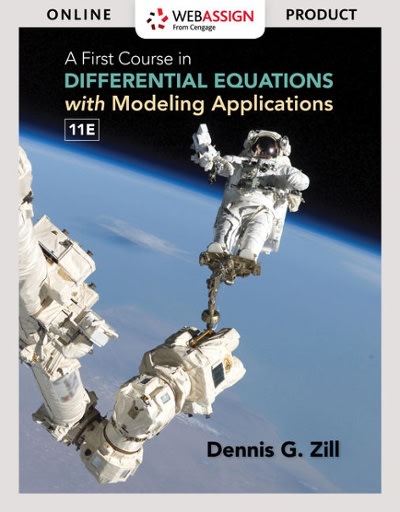Question
3. You are trying to estimate the rate at which accidents happen on a certain stretch of road. You decide to take n samples by
3. You are trying to estimate the rate at which accidents happen on a certain stretch of road. You decide to take n "samples" by observing trac for n dierent periods of time and counting the number of accidents that occur during your observation.
Of course, you have other things to do besides watch trac, so you are not always able to observe for the same length of time; say you observe for T i minutes on the ith spell. Suppose that you know T 1 , . . . T n beforehand (because you have a predetermined schedule). Thus, the data consists of n pairs (x i , T i ) for i = 1, . . . n.
(a) If accidents arrive as a Poisson process with instantaneous arrival rate , and observations are independent of each other, what is the sample likelihood? [Hint: the probability of observing x accidents in an interval of length t is P(X = x) =
exp[t](t) x /x!.]
(b) Find the maximum likelihood estimate of . Your answer should be a function of
the x i s and T i s only.
(c) Find the variance of
.
[Hint: since the individual spell lengths T i are known, you
can instead compute V [ | T 1 , . . . T n ] and use the fact that E[x i | T i ] = T i .]
(d) Suppose you have a total of T minutes to allocate to this data-gathering exercise. If you want to obtain precise estimates (i.e. with low variance), is it better to allocate your time over many short observation spells (high n, low average T i ) or fewer, longer spells (low n, high average T i )?
Step by Step Solution
There are 3 Steps involved in it
Step: 1

Get Instant Access to Expert-Tailored Solutions
See step-by-step solutions with expert insights and AI powered tools for academic success
Step: 2

Step: 3

Ace Your Homework with AI
Get the answers you need in no time with our AI-driven, step-by-step assistance
Get Started


